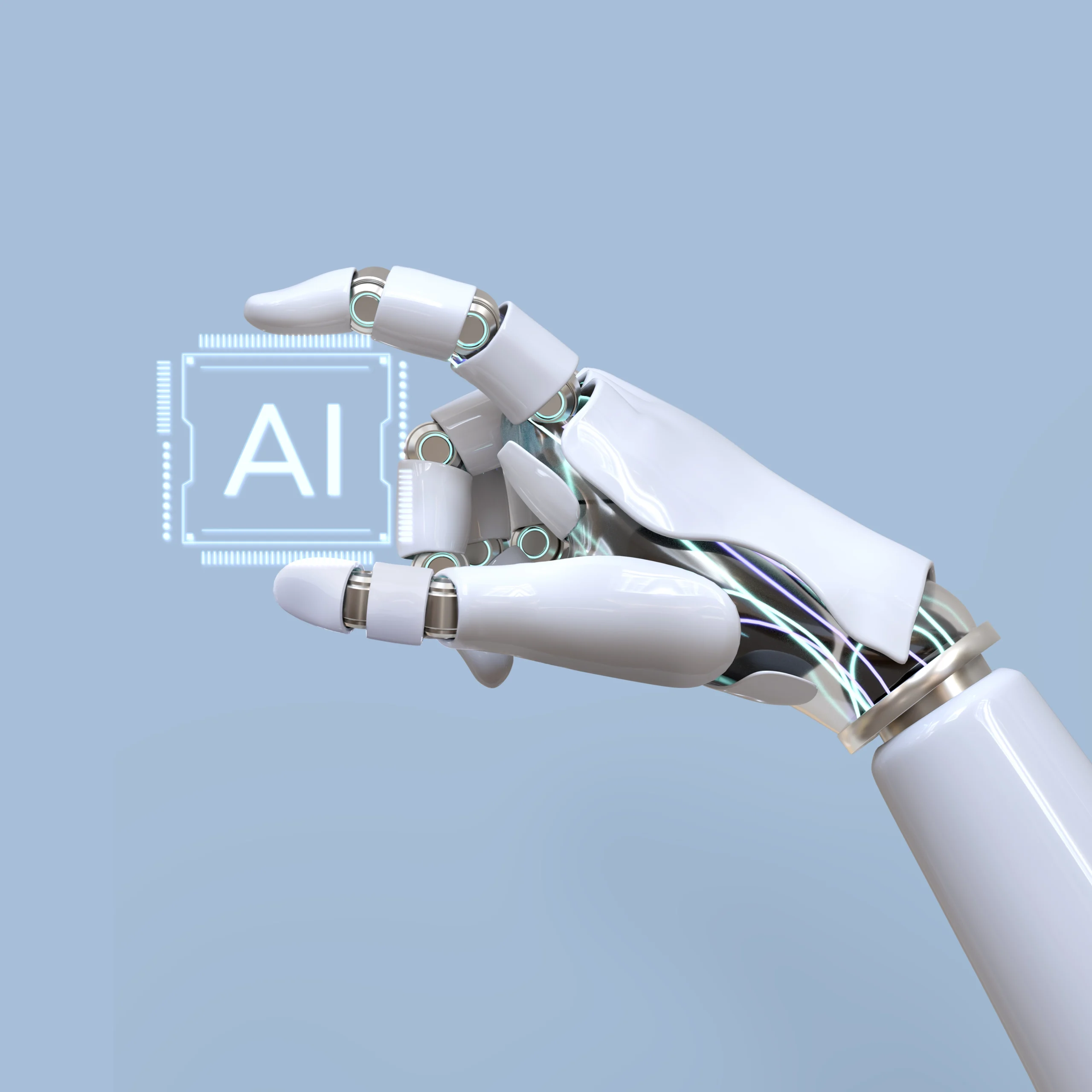Description
AI turns the operational landscape for a number of business industries in this digital era. Automation of intricate processes by AI itself can enable a company to have enormous competitive advantages. However, out-of-the-box AI solutions largely fail in adding value for businesses due to uniqueness in challenges. This is where custom AI software development plays its role.
The development of custom AI creates a great deal of leverage for organizations when they develop tailored solutions with accurate business needs. This ranges from conceptualization to scaling: everything is an important phase of the process. Here, we will find out how one can build custom AI software development solutions related to specific business problems and scan some of the main steps, considerations, and benefits involved.
Defining the Business Problem
In fact, clear identification of the business problem that an AI solution is set to address forms the very foundation of any AI solution. This step is very important since it helps ensure alignment between the AI solution with greater business objectives of the organization. AI should not be adopted for the sake of its adoption, but it has to solve a real-world problem affecting the bottom line of the company.
First, organizations need to analyze in detail where their pain points are. It may vary from the optimization of internal processes to customer service, or from cost reduction to decision-making. The well-defined problem will guide the whole AI development process and keep the solution focused on delivering results that are measureable.
Key Questions to Ask
Over the past decade, the field of humanoid robotics has witnessed remarkable advancements in various areas, including dexterity, locomotion, and autonomous decision-making. These developments have been driven by breakthroughs in fields such as computer vision, natural language processing, and advanced control systems.
Dexterity Enhancements
Humanoid robots are now capable of performing intricate manual tasks, such as object manipulation, tool use, and complex motor skills. This enhanced dexterity is achieved through the development of advanced actuation systems, sophisticated sensor integration, and more precise control algorithms.
Improved Locomotion
Humanoid robots have become increasingly adept at navigating various terrains and overcoming obstacles, thanks to advancements in bipedal locomotion, balance control, and dynamic motion planning. These capabilities allow them to seamlessly integrate with human environments and perform tasks that require mobility.
Autonomous Decision-Making
Humanoid robots are now equipped with more advanced cognitive capabilities, enabling them to perceive their surroundings, make informed decisions, and adapt their behaviour to dynamic situations. This autonomy is facilitated by breakthroughs in areas such as computer vision, deep learning, and multi-agent collaboration.
What specific problems are we facing currently that can be possibly solved by AI?

How does this AI implementation enhance our processes or bring down costs and improve customer satisfaction?
What business metrics will be impacted by the AI solution?
For example, an e-commerce retail business could face any problem related to inventory management: overstocking or stockouts. AI will solve this by applying predictive analytics and enabling better forecasting of demand to reduce waste and increase profitability.
Data Gathering and Preparation
AI solutions are completely data-dependent. Data acts as raw material to feed AI algorithms and help them learn, adapt, and make decisions. Well, all data is not useful, and poor quality may lead to inaccurate results. Gathering and preparation of relevant high-quality data involves an important process in custom AI development.
Data Collection
This is the first step, that involves identifying and collecting sources of data relevant for the business problem. Sources could include customer transaction records, sales data, social media interactions, sensor data, and many others. Depending on the nature of the business, it may be structured in nature-sheets and databases-or unstructured with images, text, and audio.
Cleaning the Data
Most raw data are a mess, full of errors, duplicates, or inconsistencies. Data cleaning removes such errors or corrects these faults to feed the information accurately into the AI model.
Data Labeling
This is a very crucial stage in machine learning; in any supervised learning algorithm, the data needs to be labeled so that the model understands what it is looking at and being trained for. In conversations, this would involve labeling them as positive, negative, or neutral to teach AI how to respond appropriately. For instance, to develop a customer service chatbot.
The thing with the preparation of data is that it can be pretty much time-consuming; however, at the same time, it is one of the most critical aspects when developing the AI model. Also, businesses in this regard would have to consider data privacy and compliance regulations in handling information.
Choosing the Right AI Tools and Technologies
AI encompasses a lot of other technologies also, including but not limited to machine learning, natural language processing, computer vision, and deep learning. The nature of the solution for a business problem will define which one is to be chosen. Every technology has strengths and weaknesses, so the selection of an appropriate technology holds prime significance in order for an effective solution to be developed.
Examples of AI Technologies
The Machine Learning Model:
Machine learning is best suited for a problem of a predictive nature, such as demand forecasting, fraud detection, or personalized recommendations.
NLP:
NLP will be needed where the analysis will include text-based sentiments, chatbots, or anything to do with the translation of one language into another.
Computer Vision:
The best examples in computer vision are image and video analyses such as facial recognition, quality control at manufacturing, and medical imagery.
Deep Learning:
It is a subset of machine learning with the ability to handle large volumes of data, presented with complicated problems like speech recognition and autonomous driving.
Developers heavily rely on popular AI development frameworks and libraries such as TensorFlow, PyTorch, Keras, and Scikit-learn every time they develop customized AI solutions. These tools bear pre-built modules and functionalities that could enable the easy development and deployment of AI models.
Development and Training of AI Models
Choosing an Algorithm
Different problems will favor certain algorithms over others. A very simple prediction might be best done with linear regression, whereas something like image recognition, which is rather computationally complex, might best be served by a convolutional neural network.
Training the Model
Essentially, training means feeding data into a model and letting the model learn patterns and relationships from the data itself. This is an inherently computationally intensive process that may take a while, depending on the model’s complexity and the volume of data it handles.
Evaluate Performance
The performance of the model, after training, is evaluated on different metrics such as accuracy, precision, recall, or F1-score. If that is not optimal, there is a need for developers to either alter parameters or retrain the model using other different data.
It should start with a simple model, while the complexity can be grown step by step. One of the common challenges is overfitting: when the model works nicely on the training data but does poorly on new, unseen data. In order to avoid this, various cross-validation techniques can be performed to ensure that the model generalizes well to unseen data.
Integrate AI Into Your Business Workflow
Once the model is developed and fine-tuned, integration into the existing business workflow should be the next step. This so-often-bypassed crucial step ensures that, in fact, the AI solution does provide value.
Integration Considerations
Seamless Integration That may be CRM, ERP, or e-commerce systems; whatever it is, the AI solution must seamlessly integrate into current systems and processes. For that, custom APIs may be required or, in some cases, middleware.
Scalability Make sure the AI solution is designed for scaling and can manage larger volumes of data as your business keeps growing.
Security
Most AI solutions involve dealing with sensitive data. You have to install good security measures to prevent data breach or unauthorized access.
Training and Adoption: Since the effectiveness of an AI solution is directly related to how well it’s adopted by employees, give your team comprehensive training that can enable them to use new tools effectively. This will include training on how to interpret AI-generated insights and make informed decisions.
Monitor, Optimize, and Scale
AI solutions are never set-and-forget; they need to be continuously monitored and optimized. Over time, as new data becomes available or as business needs change, it may be necessary to retrain or refresh AI models. This ongoing maintenance ensures the AI solution stays relevant with ongoing value delivered.
Ongoing Maintenance:
Performance Monitoring Regularly assess the performance of the AI model against critical business metrics to ensure desired outcomes. Optimize Where Necessary from the performance data gathered, institute necessary changes in the model, retraining it with new information, or fine-tune its parameters where improvement in accuracy is seen.
Scalability as the business grows, the AI solution should also be scalable for increased data sets, a wider user base, or more complicated problem solving. Cloud platforms such as AWS, Google Cloud, and Azure, where AI workloads are running, provide scalable infrastructure. Benefits of Custom AI Solutions Custom AI solutions have various advantages over generic, off-the-shelf software.
Tailor-Made Solution the reason Custom AI is for your business is due to the fact that it was built with you in mind-with your own special challenges and objectives. A solution fitting this well could ensure it brings maximum value.
Competitive Advantage at this point, since you have a solution made for your needs in your business, you will be ahead of your competitors, while they have to use ready-made solutions. More importantly, with custom AI, your ability to innovate faster and to sometimes be at the forefront regarding the latest trends in the industry is unparalleled.
Long-Term Value while creating custom AI solutions may require more upfront investment, they often deliver better long-term value because they keep improving and growing to adapt to your business needs.
Conclusion
Custom AI software development solutions are a complicated but time-rewarding process of building solutions for particular business problems. Thus, you will get most from AI only if you will carefully define a business problem, prepare and collect data, select the appropriate tools, develop and train AI models, integrate them into the workflow of your business, and constantly monitor and optimize the solution.
At Equitysoft Technologies, we build tailored AI solutions to fit your specific business needs. Our team will handle everything from defining the problem to scaling your AI solution for long-term success. Reach out today to explore how AI can help revolutionize your business and give you a competitive edge in your industry.
As the project continues to evolve and push the limits of humanoid robot technology, we can expect to see even more remarkable advancements in areas such as dexterity, autonomy, and natural human-robot interaction. The implications of these developments are vast, ranging from improved disaster response and healthcare services to innovative educational experiences and beyond. With Project GR00T leading the charge, the future of humanoid robotics has never been brighter.
If you want to learn more about exciting new technology, keep an eye on our website for future updates and discoveries in the tech world.




